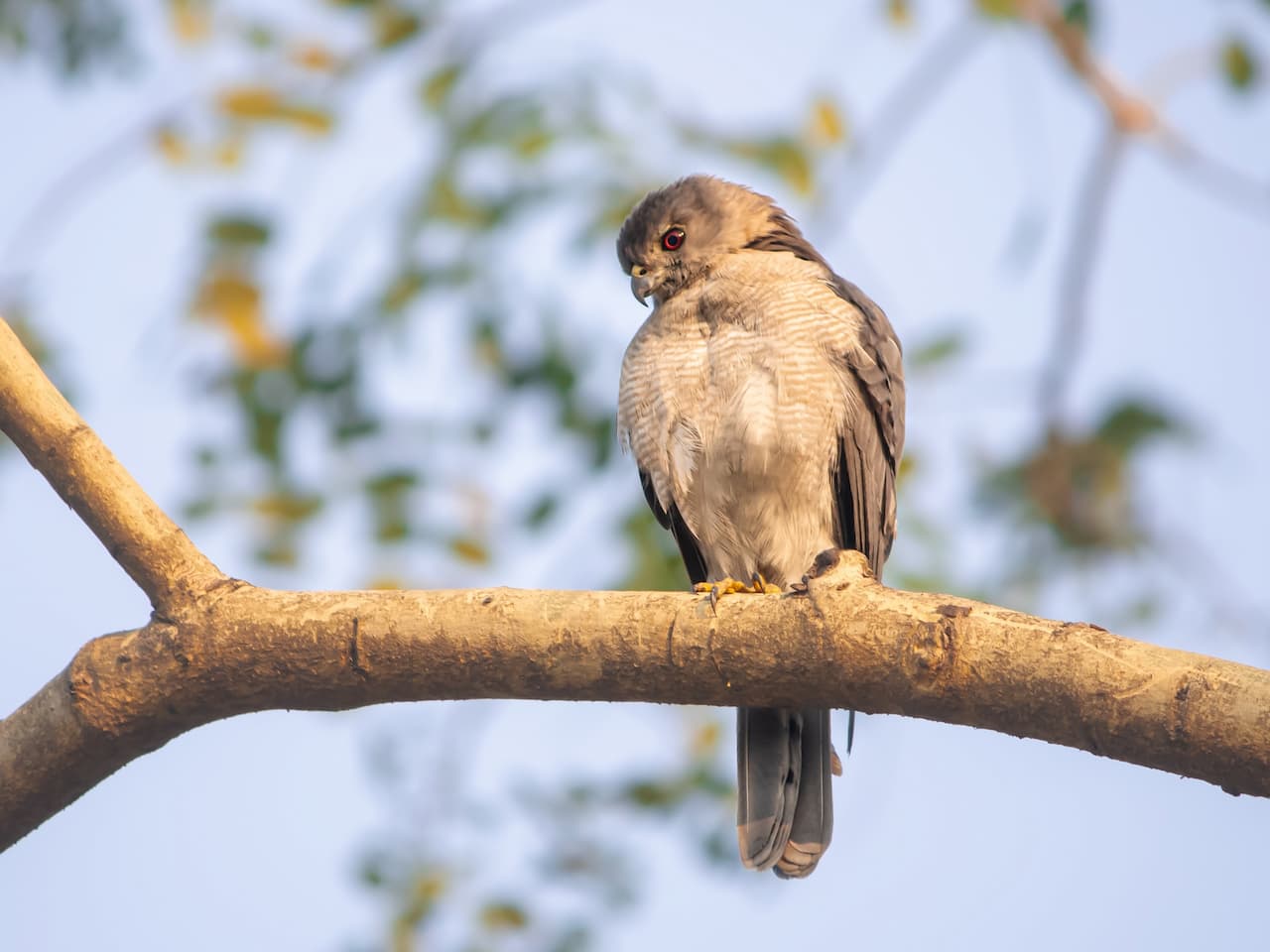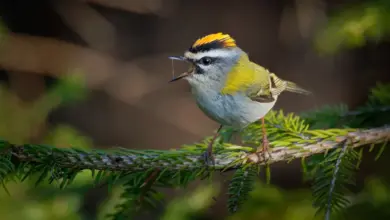Yellow-fronted Tinkerbirds or Yellow-fronted Tinker Barbets
The Yellow-fronted Tinkerbirds, Pogoniulus chrysoconus, is a small African barbet formerly known as Yellow-fronted Tinker Barbet. Barbets are near passerine birds with bristles around the base of the bill and a worldwide tropical distribution.
Distribution
The Yellow-fronted Tinkerbirds is a widespread and frequently common resident breeder in much of Africa, south of the Sahara Desert. It is sometimes considered conspecific with its southern counterpart, the Red-fronted Tinkerbird, Pogoniulus pusillus.
Associated with dry open woodland and scrub, the Yellow-fronted Tinkerbird eats insects and fruit.
Description
The Yellow-fronted Tinkerbird is a barbet that is approximately 11 cm in length.
A plump bird, the Yellow-fronted Tinkerbird has a short neck, large head, and short tail. The adult Yellow-fronted Tinkerbird has black upperparts heavily streaked with yellow and white. Its head has a strong black-and-white pattern, with a yellow forecrown spot. The Yellow-fronted Tinkerbird’s underparts and rump are lemon yellow.
Both sexes are similar in appearance; however, young birds have a differentiating dark crown that lacks a distinct yellow spot.
Calls / Vocalizations
At about 100 repetitions per minute, the Yellow-fronted Tinkerbird’s call is a fast tink-tink-tink-tink. Many barbets perch prominently, but, unlike their larger relatives, the smaller tinkerbirds sing from cover and are more frequently heard than seen.
Nesting / Breeding
They usually nest in holes bored into dead trees, branches, or stumps. The hen usually lays between 2 to 3 eggs that are incubated for 13–15 days. Nesting duties are shared by both parents. Tinkerbirds may place sticky mistletoe seeds around the entrances of their nests, probably to deter predators.
Diet / Feeding
These mostly solitary birds eat a variety of fruit, including figs. They may also visit plantations and feed on cultivated fruit and vegetables. Fruit is eaten whole and indigestible material such as seed pits is regurgitated later. They are believed to be important agents in seed dispersal.
In addition to fruits, they may take small insects, such as ants, cicadas, dragonflies, crickets, locusts, beetles, moths, and mantids.
References
- BirdLife International (2004). Pogoniulus chrysoconus. 2006. IUCN Red List of Threatened Species. IUCN 2006. Retrieved on 11 May 2006. Database entry includes justification for why this species is of least concern
- Birds of The Gambia by Barlow, Wacher and Disley, ISBN 1-873403-32-1



